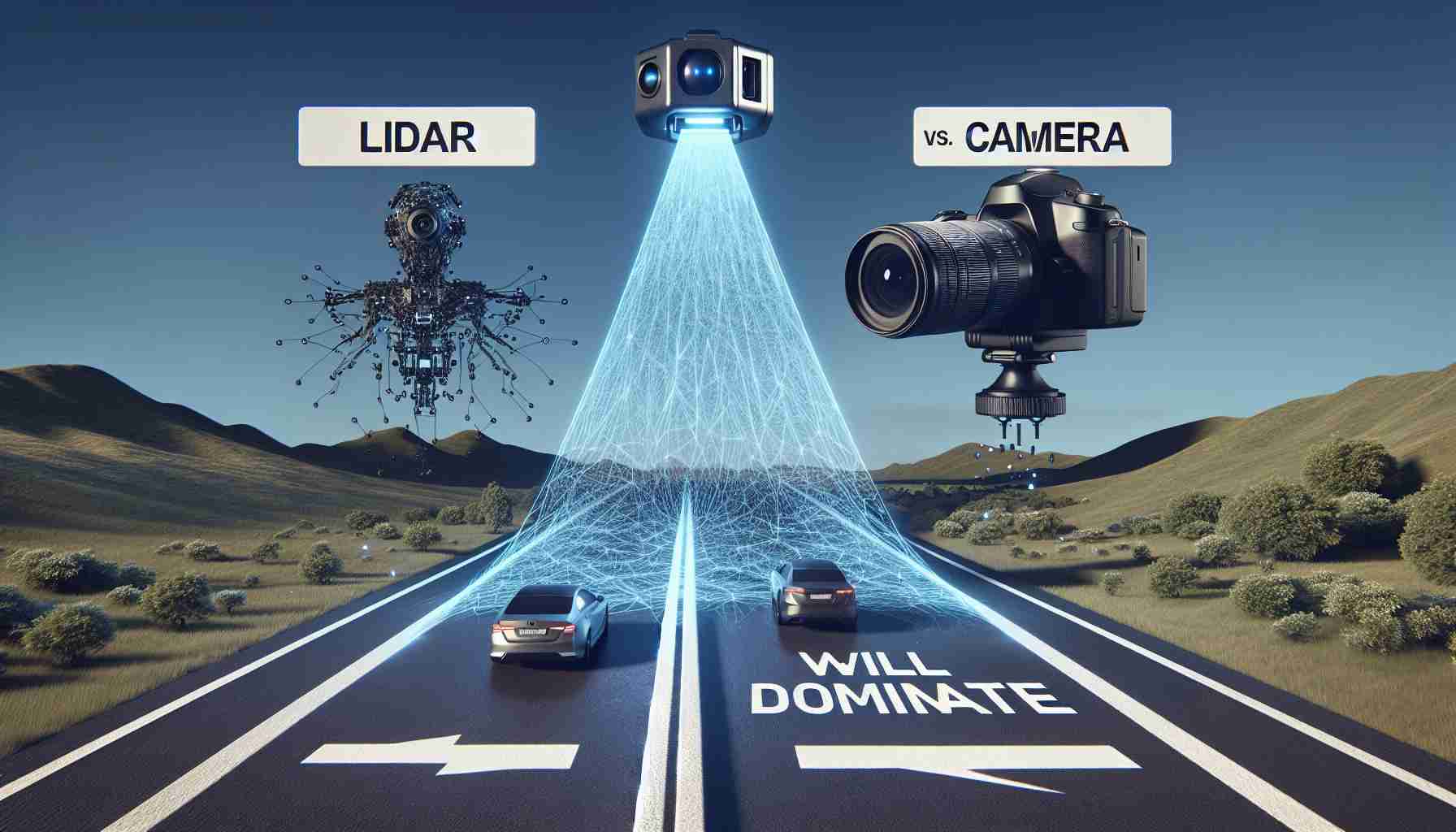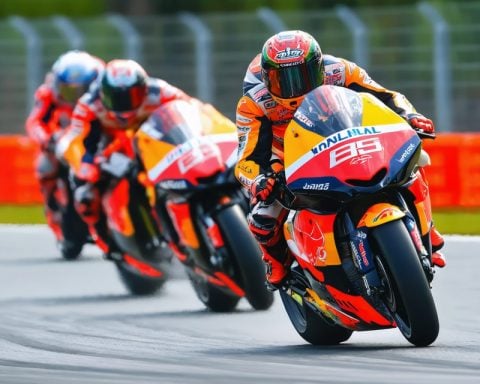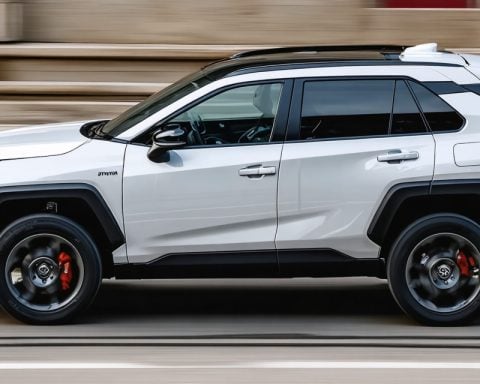Navigating the Road to Autonomous Vehicles: A Technological Tug-of-War
As the automotive sector races towards a new era dominated by self-driving cars, a pivotal debate is taking center stage: Is Lidar or a camera-centric approach better suited to lead this revolution? The discourse heats up with insights from industry giants like Elon Musk and Li Xiang, each advocating distinct paths.
The Argument for Lidar: Pioneering figures like Li Xiang assert that Lidar, with its advanced Light Detection and Ranging capabilities, offers unparalleled advantages for safety on the road. Lidar’s strength lies in its ability to map surroundings in intricate detail, detecting obstacles as far as 200 meters away—even in poor visibility conditions like nighttime. This feature is critical, especially in countries with challenging driving environments, ensuring safety for all passengers.
The Camera-Centric Vision: On the flip side, Tesla’s Elon Musk champions a vision-based system grounded in cameras and sophisticated neural networks. Musk emphasizes the cost-effectiveness and simplicity of designing camera-centric systems, positing that their adaptability could ease the path for widespread adoption. By drawing parallels to smartphone technology, Musk suggests that cameras could evolve to tackle challenges traditionally addressed by Lidar.
Converging Technologies and Future Trends: The global quest for perfecting autonomous vehicles is gravitating towards hybrid systems, drawing on the best of both Lidar and camera technologies. By integrating multiple sensors through advanced AI algorithms, the aim is to cultivate a holistic understanding of the driving landscape, thereby enhancing safety and maneuverability.
As these technologies vie for supremacy, the automotive world watches closely. Whether it will be Lidar, cameras, or a fusion of both that defines the future of transportation remains a thrilling anticipation for tech enthusiasts and commuters alike.
The Impact of Autonomous Vehicle Technologies on the Environment and Society
As the debate surrounding the best technology for autonomous vehicles—be it Lidar or camera-centric systems—intensifies, the implications for the environment and humanity unfold with significant depth. The choice and deployment of these technologies do not merely represent engineering preferences; they have the potential to reshape our world in profound ways.
Environmental Impact:
Autonomous vehicles promise to revolutionize transportation, offering the potential to significantly reduce carbon emissions. With Lidar and camera technologies enhancing vehicle perception, the industry can optimize routes for fuel efficiency, reduce the incidence of traffic jams, and ultimately curtail emissions. A fully autonomous fleet could lead to fewer vehicles on the road overall, as ride-sharing models become more efficient and widely adopted. This reduction in vehicular numbers could lower the demand for fossil fuels and encourage investments in cleaner, smarter grids to accommodate electric autonomous vehicles.
Social and Economic Repercussions:
On a societal level, autonomous vehicle technology could democratize transport, making it accessible to populations currently disadvantaged by age, disability, or economic standing. Lidar systems might particularly benefit those living in areas with poor infrastructure, where enhanced safety features could mitigate accidents. The economic landscape too may see shifts: Although jobs in traditional driving sectors could decline, new opportunities in tech development, data analysis, and system maintenance are likely to emerge. This transition could, however, necessitate considerable investment in retraining and education.
The Future of Urban Spaces:
The advance of autonomous vehicles heralds a transformation in urban design. As parking spaces and garages become less essential, cities can reimagine these areas as green parks, pedestrian paths, and community spaces, enhancing quality of life. Moreover, with real-time data being a backbone of these systems, cities could become more efficient, aligning traffic flow with public transport schedules, and reducing congestion.
Humanity’s Path Forward:
The convergence of Lidar and camera technologies underscores a move towards hybrid solutions that can adapt to diverse driving conditions worldwide. This adaptability is crucial for the future, as it allows technology to be tailored to various ecosystems and road networks, facilitating global deployment. As humanity steps into a future with autonomous vehicles, the focus must not only remain on technological advancement but also on crafting regulatory guidelines that ensure cybersecurity, privacy, and equitable access.
In conclusion, while the debate between Lidar and camera-centric systems continues, their collective impact on the environment, humanity, and the economy is undeniable. The rise of autonomous vehicles marks a pivotal juncture—one that challenges us to harness technology while preserving our planet and fostering societal well-being.
The Autonomous Vehicle Revolution: Can Hybrid Sensor Systems Lead the Way?
As the cutting-edge technology of self-driving cars becomes increasingly central to the automotive industry, the debate over the most effective sensor systems remains fierce. While industry figures champion either Lidar or camera-based systems, emerging hybrid technologies could redefine the path to autonomous driving.
Innovations in Autonomous Vehicle Sensor Technology
Pros and Cons of Lidar and Camera Systems
Lidar technology boasts superior precision in mapping and detecting objects, offering incredible accuracy even in poor lighting or adverse weather conditions. These capabilities make it extremely reliable in varied driving environments. However, the high cost and complexity of Lidar systems can be limitations for broader market adoption.
Camera-centric systems, as promoted by Tesla’s Elon Musk, are more cost-effective and can be implemented with simpler infrastructure thanks to advances in image recognition and neural networks. Yet, they may struggle in conditions with low visibility, such as fog or heavy rain, where Lidar systems excel.
The Rise of Hybrid Sensor Systems
Recent trends indicate a shift towards integrated hybrid systems that combine the best of Lidar and camera technologies. These setups utilize data from multiple sensors to create a robust, fail-safe environment for autonomous systems to operate safely. By employing advanced artificial intelligence algorithms, hybrid systems can process vast amounts of data, compensating each sensor’s weaknesses with the other’s strengths.
Market Analysis and Predictions
The market for autonomous vehicles is burgeoning, with significant investments being made in developing hybrid sensor systems as the most viable solution. This trend is supported by the potential for these systems to lower costs while improving safety and performance. The flexibility of hybrid systems might offer the most balanced approach, driving increased consumer confidence and accelerating adoption rates.
Security Aspects and Reliability
The integration of multiple sensors not only boosts accuracy and performance but also enhances the security of autonomous systems. Redundant layers of data input can provide fail-safes against system failures, increasing the reliability of autonomous vehicles. However, cybersecurity measures need emphasis to protect these complex systems from potential threats.
Learn More
For those interested in staying updated on this technological evolution, industry leaders continue to offer insights and innovations through various platforms. To delve deeper into the future of autonomous vehicles and their underlying technologies, visit Tesla and Li Auto for more information.
As the journey towards fully autonomous vehicles continues, the interplay between Lidar, cameras, and their hybrid counterparts is set to shape the future of transportation, promising safer and more efficient travel on the world’s roads.













